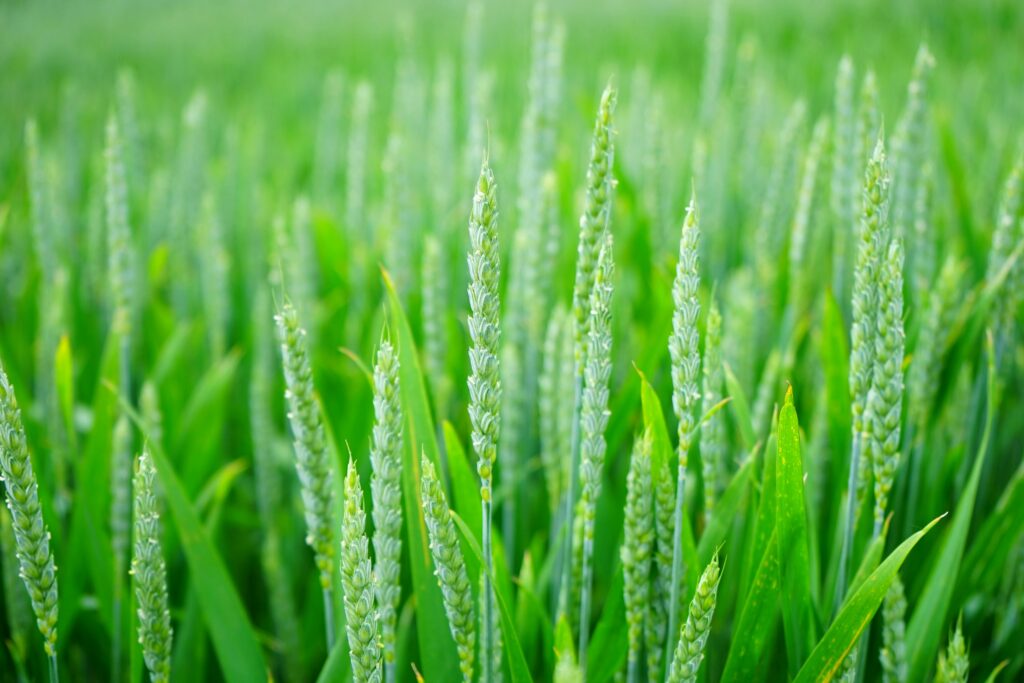Blog
Sustainable and Regenerative Agriculture – The Future of Farming
Introduction
The way we grow our food has a direct impact on our health, the environment, and future generations. Sustainable and regenerative agriculture is more than just a farming trend—it’s a movement that focuses on restoring nature, improving soil health, and creating a long-term food system that benefits both people and the planet.
What is Sustainable and Regenerative Agriculture?
- Sustainable Agriculture focuses on meeting current food needs without compromising the ability of future generations to meet theirs. It reduces harmful environmental impact while maintaining productivity.
- Regenerative Agriculture goes a step further—it actively works to rebuild soil, restore biodiversity, and reverse climate change impacts by capturing carbon in the soil.

Key Practices of Regenerative Farming
- Cover Cropping – Growing plants that protect and nourish the soil between harvest seasons.
- Crop Rotation – Alternating crops to prevent soil depletion and pests.
- Reduced Tillage – Minimizing soil disturbance to preserve its natural structure.
- Composting & Organic Fertilizers – Replacing synthetic chemicals with natural nutrients.
- Agroforestry – Planting trees alongside crops to create balanced ecosystems.
Benefits of Sustainable & Regenerative Agriculture
- Improves Soil Health: Healthy soil produces more nutritious food.
- Captures Carbon: Helps fight climate change by absorbing carbon dioxide.
- Boosts Biodiversity: Encourages pollinators, insects, and wildlife.
- Supports Farmers: Long-term cost savings and higher yields.
- Protects Water Resources: Reduces chemical runoff and erosion.
Global Brands Adopting Regenerative Practices
Major food brands like Nestlé, General Mills, and Danone are investing in regenerative farming partnerships, proving that this movement is not limited to small farms—it’s shaping global supply chains.
How Consumers Can Support the Movement
- Buy from local farmers practicing sustainable methods.
- Choose certified organic or regenerative-labeled products.
- Reduce food waste and support eco-friendly brands.
- Spread awareness through social media and community groups.
Conclusion
Sustainable and regenerative agriculture is not just the future—it’s the present solution to climate change, food insecurity, and environmental degradation. By supporting these practices, we can help build a farming system that heals the earth while feeding the world.